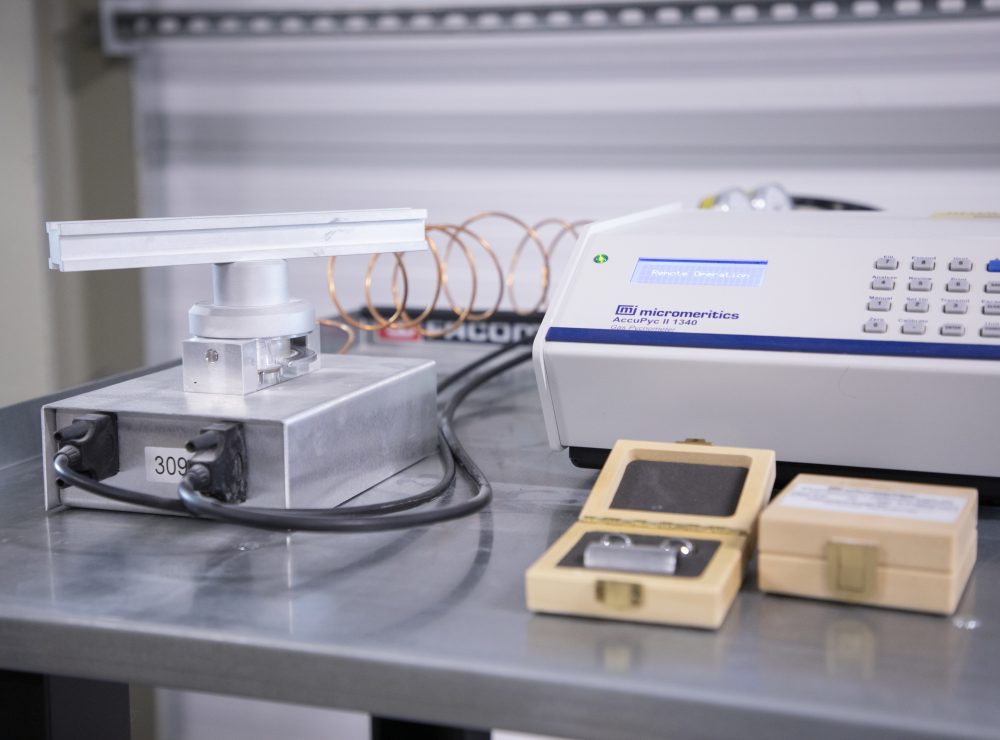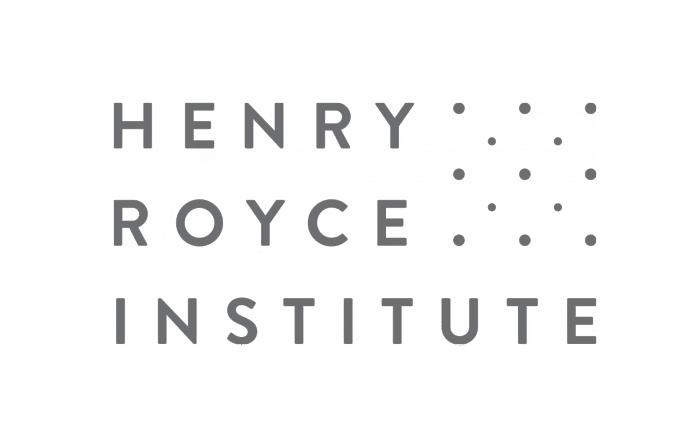This website uses cookies so that we can provide you with the best user experience possible. Cookie information is stored in your browser and performs functions such as recognising you when you return to our website and helping our team to understand which sections of the website you find most interesting and useful.
The AccuPyc II determines density and volume by measuring the pressure change of nitrogen within a calibrated volume.

- Partner:UK Atomic Energy Authority
- Facility:Materials Research Facility (MRF)
- Availability:Available
Or call us now on 0161 275 8382
Detailed Description
Gas pycnometry is recognized as one of the most reliable techniques for obtaining true, absolute, skeletal, and apparent volume and density. This technique is non-destructive as it uses the gas displacement method to measure volume. Inert gases, such as helium or nitrogen, are used as the displacement medium. Density calculations using the gas displacement method are much more accurate and reproducible than the traditional Archimedes water displacement method.
Uses/Applications
Volume measurements and true density calculations on a wide variety of materials; powders, solids, and slurries.
Precision; Reproducibility is typically to within ± 0.01% of the nominal full-scale sample chamber volume. Reproducibility is guaranteed to within ±0.02% of the nominal full-scale volume on clean, dry, thermally equilibrated samples using helium in the 15 to 35°C range. Accuracy; Accurate to within 0.03% of reading, plus 0.03% of sample capacity.

